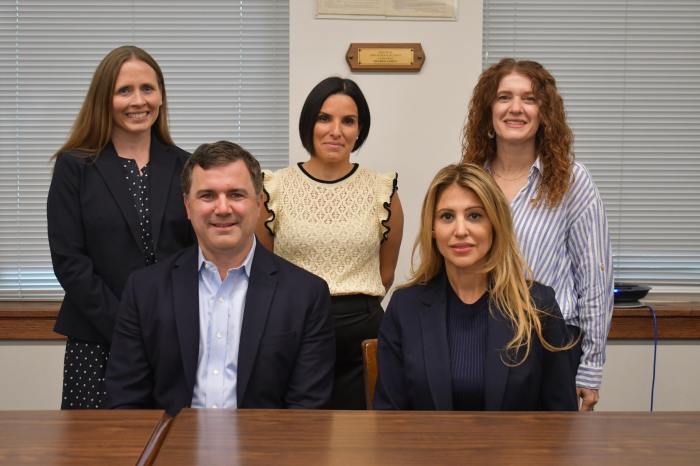Budget workshop held despite
lack of state aid figures
The Garden City Board of Education held its third public budget workshop at their March 10 meeting, where the rigors of crafting a 2015-16 spending plan in light of the current budgetary issues coming out of Albany were made abundantly clear by Superintendent of Schools Dr. Robert Feirsen. As it currently stands, the proposed Garden City School District budget for 2015-16 is set at $109,836,814; this represents a budget to budget increase over 2014-15 of $429,676. The projected tax levy is set at 0.61 percent, with the maximum allowable tax levy being 0.69 percent. In contrast, the tax levy in 2014-15 was 1.58 percent. Feirsen noted the small year-to-year increase, and explained that lower employee pension contributions on behalf of the district than in previous years played a large part in crafting the finances of the current budget.
He took New York State Governor Andrew Cuomo to task for withholding state aid runs and potential funding from school districts unless his bills regarding controversial educational reform policies are passed by the State Legislature; he noted that the situation is making a significant impact upon Garden City Schools’ budget creation.
“What the governor is doing is basically holding state aid figures hostage until the legislature agrees with his education reform agenda…this has never happened before,” he said. “If we don’t know what the aid figures are, we can’t accurately predict revenue. Also, the maximum allowable amount of state aid that the governor is proposing is only $1.6 billion, well below the $2 billion the Board of Regents is requesting. This is not taking into account the cost of living, which is higher in areas like Garden City than it is elsewhere in the state.”
In addition, Feirsen noted that in the New York State budget presented by Governor Cuomo, there is no state mandate relief for school districts, which has continued to further drive up costs for public education.
“What all this does—the tax levy cap, lack of information from the state, lack of mandate relief – what this does is limit your ability to make decisions on behalf of the entire school community,” he said.
“Next year’s projected contribution to the teacher’s retirement fund, which is typically one of our biggest expenses, is only 13.26 percent,” he said. “This is a significant decrease from our current year’s contribution, which is 17.53 percent. That represents major dollars.”
Based on decreased enrollment numbers, Feirsen pointed out that three teaching positions will be eliminated at the elementary level in 2015-2016; however, class size guidelines will continue to be met, he said, and new teachers will be added in other areas of the district, again based on enrollment numbers.
Among new additions to the district is a proposal for a program called Project Lead the Way, which Feirsen said is a way to prepare students for jobs of the future revolving around engineering.
“The first course will be called ‘Introduction to Engineering Design,’ and it will be a prerequisite to all future Project Lead the Way courses,” he said. “By the third year of implementation, there will be more courses available, and in the upper levels, there will be college credits available.”
One area of the 2015-16 budget that the district isn’t skimping on no matter what, Feirsen said, pertains to the programs made available for students.
“The program part represents an overwhelming percentage of the budget, and that’s the way it should be,” he said. “You want the resources we have to be directed to the students…three-quarters of every dollar goes to the programs.”

































